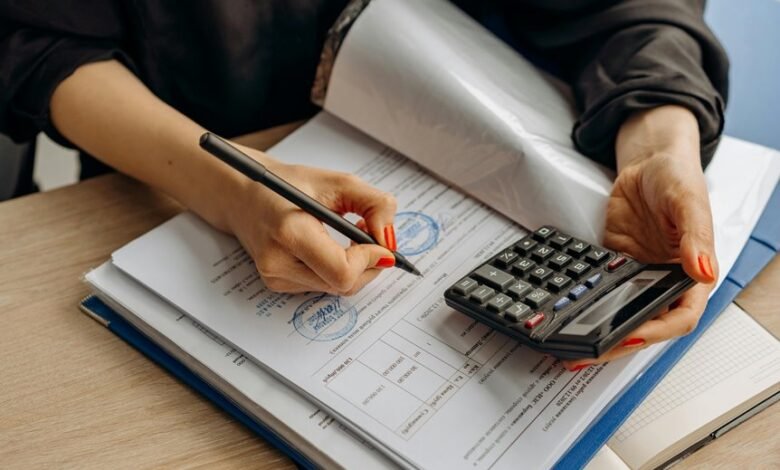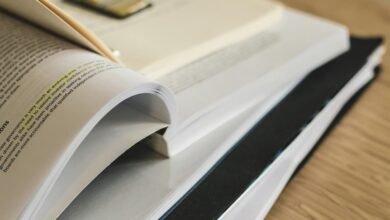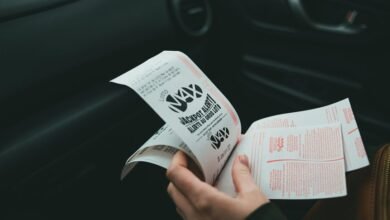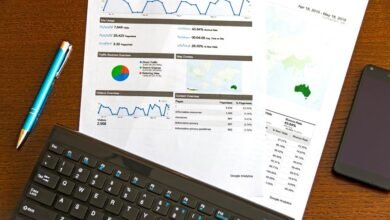Verify Calls From 4048915162, 5403907253, 8146267131, 4073620259, 3175503882, 5024888789

The rise of unknown calls has prompted concerns about scams and privacy breaches. Numbers such as 4048915162, 5403907253, and others frequently appear on caller ID, leaving many to question their legitimacy. What patterns can be observed among these numbers? Are there specific characteristics that distinguish a genuine call from a potential scam? Understanding these elements may provide crucial insights into safeguarding personal information. The answers might be more revealing than one anticipates.
The Importance of Verifying Unknown Calls
Although many individuals may dismiss unknown calls as mere nuisances, the importance of verifying these calls cannot be overstated.
Call screening processes offer a valuable first line of defense, allowing individuals to discern legitimate communication from potential threats. Engaging in caller verification not only safeguards personal information but also fosters a sense of autonomy, empowering individuals to reclaim control over their communication channels.
How to Identify Potential Scam Numbers
How can individuals effectively identify potential scam numbers?
Analyzing the characteristics of a scam call can reveal red flags. Unusual caller ID, urgent requests for personal information, or unfamiliar area codes often signal deceit.
Additionally, calls from numbers with similar patterns or frequent complaints online warrant caution.
Empowering oneself with knowledge can help discern genuine communication from potential scams, ensuring personal freedom from deceit.
Overview of the Numbers in Question
Understanding the specific numbers associated with potential scam calls is imperative for effective identification and response.
The numbers 4048915162, 5403907253, 8146267131, 4073620259, 3175503882, and 5024888789 warrant scrutiny through call tracing and number lookup techniques.
Analyzing these digits may reveal patterns indicative of fraudulent activity, empowering individuals to safeguard their personal information and maintain their autonomy in a digital landscape fraught with deception.
Conclusion
In an age where personal information is increasingly vulnerable, verifying unknown calls is not just prudent—it’s essential. With numbers like 4048915162 and 5403907253 potentially linked to scams, one must wonder: how much of your privacy are you willing to risk by answering a call without due diligence? By employing careful screening and research, individuals can protect themselves from unwanted intrusions and maintain control over their communications, ensuring their safety in a digital landscape fraught with threats.





